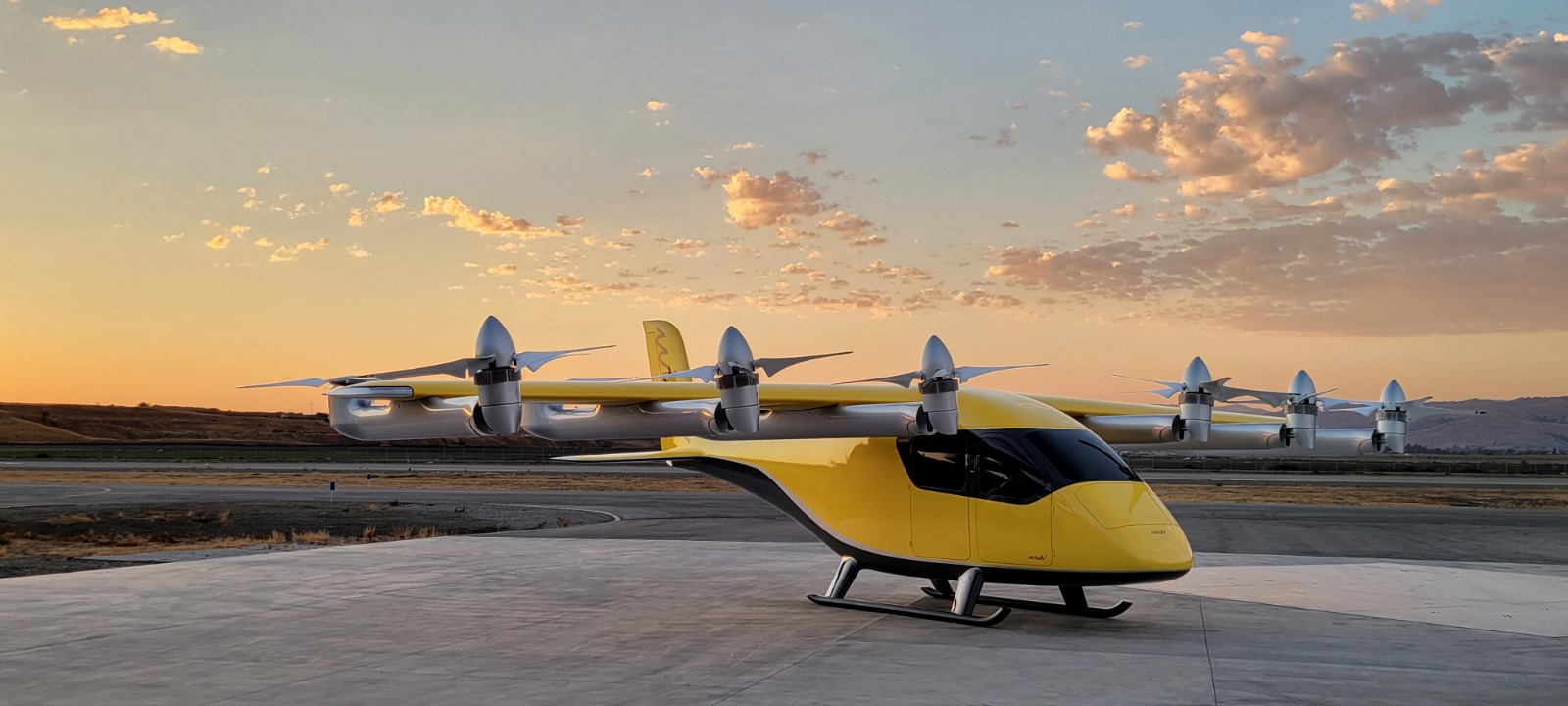Log-in here if you’re already a subscriber
This post appeared as part of our Three Points Newsletter on October 8, 2022
When Boeing-backed Wisk unveiled the design of its “Gen 6” autonomous electric air taxi on Monday, it strove to convey the impression that it is close on the heels of its piloted rivals in the race to certification. While coyly declining to provide a target date for entry into service — that will be up to the regulators, said CEO Gary Gysin — the company has implied that uncrewed urban air mobility operations will be well established in the U.S. by the end of the decade.
Gysin emphasized that Wisk has “submitted” its G-1 certification basis to the Federal Aviation Administration and is “actively engaged on the G-2” means of compliance, thus seeming to put it within striking distance of leading electric vertical take-off and landing developers like Joby Aviation. However, he would not confirm whether “submitted” means that Wisk is still on the first of four stages in the G-1 process, which can take years from start to finish and is yet only the beginning of certification.
Related: Absent 797, Boeing bets on Wisk’s autonomous moonshot
This selective appeal to arcane certification documents has come up before in the eVTOL industry, which has come to view the FAA’s G-1 and G-2 issue papers as critical yardsticks of progress. However, the fuzziness around Wisk’s G-1 is especially significant, because it obscures just how close — or, more likely, how far — the FAA is from moving forward with autonomous passenger-carrying operations.
Subscribe to continue reading...Subscribe to Continue Reading
Our award-winning aerospace reporting combines the highest standards of journalism with the level of technical detail and rigor expected by a sophisticated industry audience.
- Exclusive reporting and analysis on the strategy and technology of flying
- Full access to our archive of industry intelligence
- We respect your time; everything we publish earns your attention

